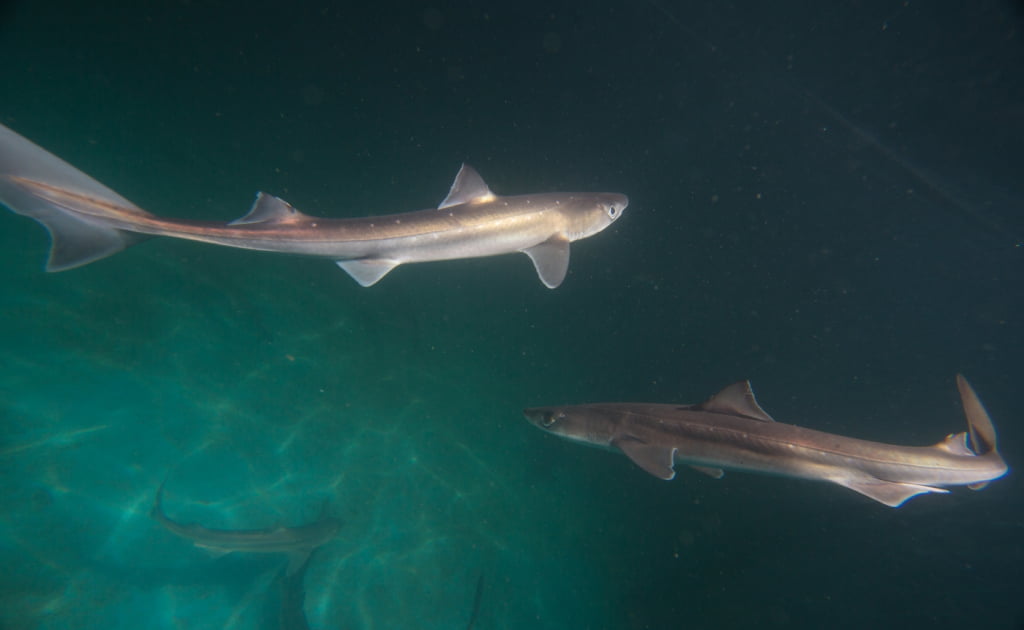John L. Fitzpatrick (Stockholm University) and authors describe how female mate choice can potentially influence sperm competition risk and shape investment patterns in males between and within male reproductive tactics.


John L. Fitzpatrick (Stockholm University) and authors describe how female mate choice can potentially influence sperm competition risk and shape investment patterns in males between and within male reproductive tactics.

University of Calgary researchers test the hypothesis that stickleback populations inhabiting differing freshwater environments display cranial phenotypes that are intermediate between the ancestral marine form and the low-plated freshwater populations.

“Sharks modulate their escape behavior in response to predator size, speed and approach orientation”. Scott Seamone, Tristan Blaine, and Timothy E. Higham.

Dr. Caroline Fox, BMSC Fall Program instructor, has written a new book entitled: “At Sea with the Marine Birds of the Raincoast”, to be released early May.

Kelps from wave-swept shores have either a streamlined morphology to reduce drag, or increased attachment and breakage force, but not both, having implications for the evolution of morphological diversity in this group.

This book by Duncan Irschick and BMSC instructor Tim HIgham examines how and why ‘animal athletes’ have evolved using examples from across the animal kingdom, integrating them into the broader context of ecology and evolution.

Gastropod wax replicas can be used to quantify the frequency and type of attacks by crab predators, which likely play a vital role in structuring gastropod populations.

QTL mapping of sex ratio phenotype revealed six independently segregating quantitative trait loci on five separate chromosomes, explaining 19% of the variation in sex ratios in Tigriopus californicus.

Hagfish slime acts as a selective filter, allowing the passage of nutrients across the skin, but impairing the transport of trace elements that may cause toxicity at relatively elevated levels.

Physiological mechanisms of Pisaster ochraceus suggest this species is ideally suited for life in the intertidal zone.